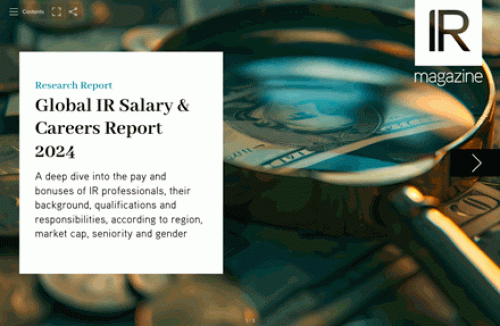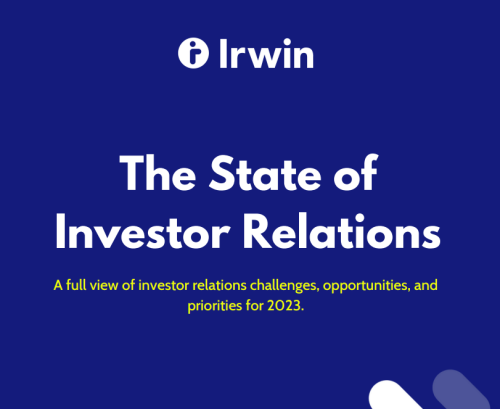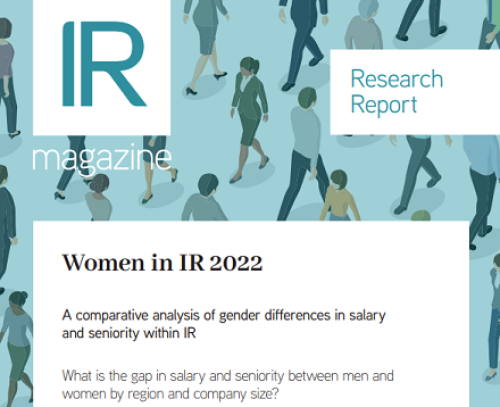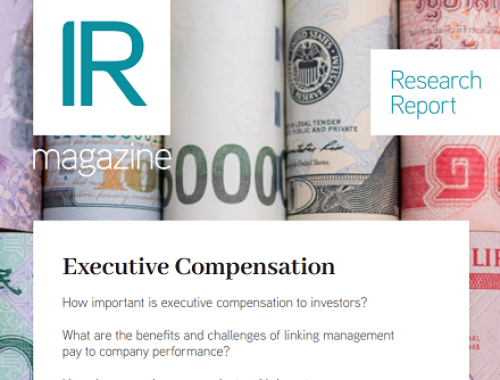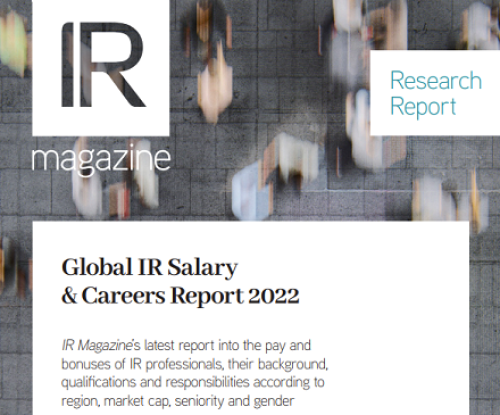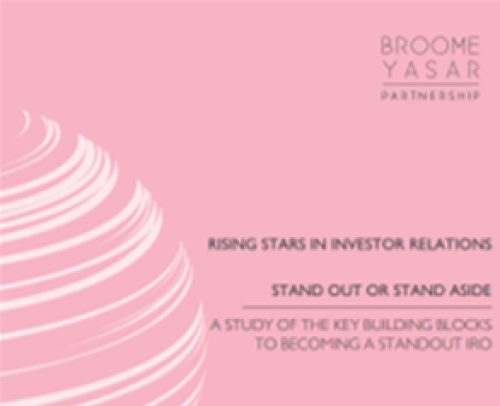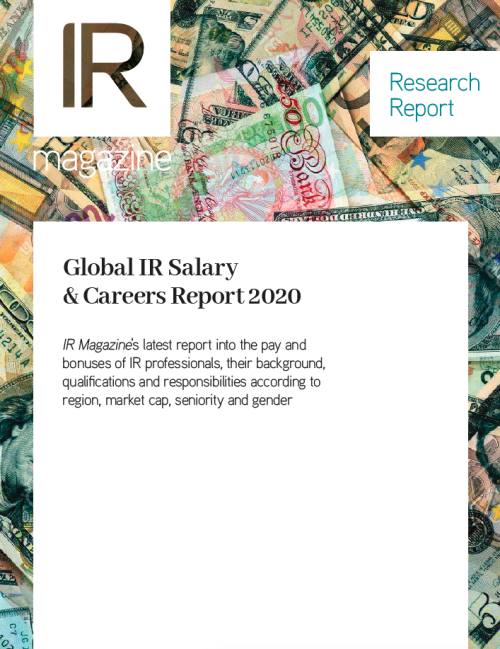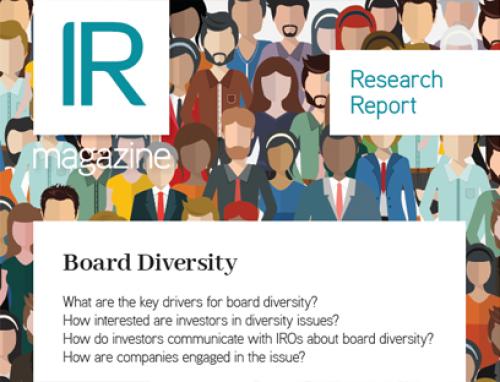Strong candidate pool but opportunities scarce, explains Taylor Bennett Heyman
As the large turnout at our most recent Greater China conference revealed, there are increasing numbers of IROs and aspiring IR professionals in Hong Kong. But will their drive be rewarded if they restrict their ambition to a local career?
‘The IR job market here is still small in comparison to Europe or the US,’ says Sarah Crawshaw, the Hong Kong-based managing director of executive search firm Taylor Bennett Heyman, which has recently undertaken a detailed study for the IR market in Asia as a whole.
‘The number of organizations with a dedicated IR function is relatively low, yet if you look at the number of listed companies for the Hong Kong Stock Exchange combined with the Shanghai and Shenzhen markets, you get a larger number than on the London Stock Exchange, for instance. And the combination of those three Asian stock markets ranks third in terms of combined market cap after the NYSE and NASDAQ.’
This is pertinent when considering the Shanghai-Hong Kong Stock Connect, which has allowed investors in Hong Kong and Shanghai to trade and settle eligible shares between these markets and the forthcoming Shenzhen-Hong Kong Stock Connect, expected in late 2015.
Nevertheless, the majority of listed organizations in China have yet to set up a dedicated IR department. This explains why there is a much smaller pool of IR roles, especially in the mid-market segment, Crawshaw explains. ‘There are so many factors that feed into why that is, but the reality is that it’s not a terribly vibrant market in terms of IR roles cropping up,’ she admits.
So while there is definitely a local community of IR professionals and a relatively good candidate pool, many of whom are seeking career development, the challenge is that ‘the opportunities are just not there for them,’ Crawshaw notes. Unlike in most Western markets, a company’s market cap won’t be reflected in the size of its IR team, she highlights. Some mega-cap organizations have no one solely dedicated to IR, while others that are comparatively smaller will have a fairly advanced IR function. ‘So it’s difficult to draw a pattern as to why an organization would invest in an IR function rather than not,’ Crawshaw says. ‘It very much depends on leadership.’
She goes on to explain that the predominance of family-owned and state-owned businesses often leads to firms having a complex ownership structure and ‘very little need to address the concept of shareholder value. Often IR is just not deemed as critical as it could be. The requirements for transparency are simply not as established as they are in Western markets.’ Crawshaw compares local practices with those in Australia, where ‘the regulatory environment is much more stringent.’
The recent market crash in China may prove a wake-up call for companies that have taken investor interest for granted or those that have shown no interest in communicating with the market. To that extent, Crawshaw and her team have reportedly been putting their effort into encouraging corporations that have not yet invested in IR ‘by educating them on the value the function can provide. Because ultimately that’s where the opportunities are going to come from,’ she points out.

